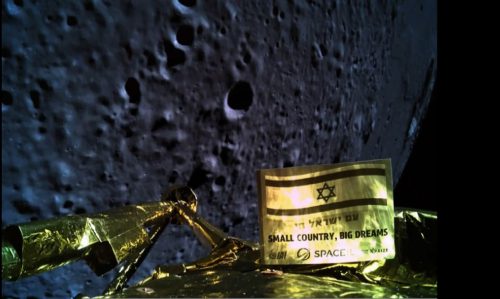Space Center photography specialist Johnson used overlapping images taken by the astronauts to increase the resolution of the final images.

The imaging experts of NASA's Johnson Space Center in Houston, managed to merge images from the landing sites of six Apollo spacecraft on the moon for the 50th anniversary of the moon landing, and to recreate the experiences of the 12 astronauts who walked on the surface of the moon.
Individual still images taken by the Apollo astronauts were collected together by NASA photography specialist Warren Harold at the Johnson Space Shuttle. The accuracy of the unique perspective they represent was confirmed by Harrison Jack Schmitt, Apollo 17 astronaut, the only geologist to walk on the moon.
"The sight of the Taurus-Littrow Valley on the Moon is one of the most spectacular natural landscapes in the Solar System," Schmitt said of the images compiled from his mission's Lunar Base 5 mission at the Taurus Littrow landing site.
"The massive walls of the valley, well lit by the sun, are higher than the walls of the Grand Canyon, and rise from heights of 1,400 m to 2,100 m in the southern part." Schmitt added. At the same time, breaks stand on the background of the black-on-black sky - a contrast that was beyond what I expected to see. Indeed, above the massive southern wall of the valley, you can always see home - the earth covered in clouds, which is about 400 thousand km away.
In this context, it is worth noting that the Israeli spacecraft Genesis also managed to leave a legacy of photography from the moon, minutes before crashing onto it.

For the full album of panorama photos from the moon on NASA's Flickr account
For information on the NASA website
More of the topic in Hayadan:
